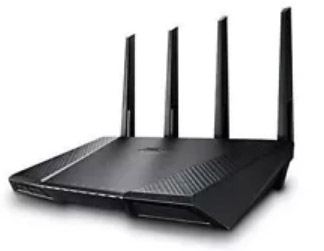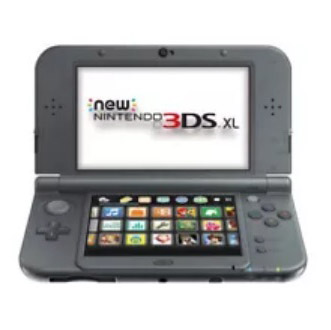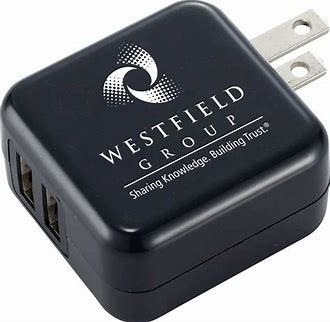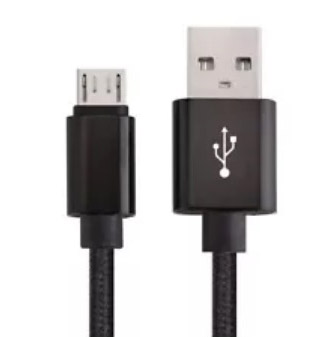When Innovation Meets Sustainability
Aspiring entrepreneurs entering the electronics industry face a paradox: consumers love innovation but are increasingly wary of waste. The global appetite for gadgets continues to grow, yet e-waste piles up faster than ever. The opportunity lies in designing electronics that respect both performance and the planet.
TL;DR
Start small but think cyclically: design for longevity, source ethically, optimize for repairability, and communicate your values clearly. Use sustainable materials, partner with transparent suppliers, and don’t underestimate the power of certification and storytelling.
Step 1: Understand Why “Green” Electronics Matter
Sustainability isn’t just a trend — it’s a long-term market differentiator. Consumers increasingly demand brands that minimize environmental impact, whether through recycled components, modular design, or energy-efficient production.
To learn how major manufacturers are adapting, explore resources like:
Common Eco-Friendly Materials for Electronics
| Component | Sustainable Alternative | Environmental Benefit |
| Casings | Recycled aluminum / bioplastic | Reduces raw material extraction |
| Circuit boards | Lead-free solder | Minimizes toxic emissions |
| Power supply | Solar-compatible input | Reduces fossil dependency |
| Packaging | Corrugated cardboard | Cuts down single-use plastic |
| Displays | OLED / e-paper | Lower energy consumption |
Step 2: Design With Purpose (and End-of-Life in Mind)
The greenest gadget is the one that stays in use the longest. Design products that can be repaired, refurbished, or recycled easily. Avoid adhesives where screws can work; modular designs simplify replacement and disassembly.
Tip: Look into the Cradle to Cradle Certified® Product Standard to benchmark your design.
✅ Quick Checklist: Building a Sustainable Electronics Brand
- Map your materials – Identify every input and seek alternatives.
- Optimize for durability – Build with quality, not obsolescence.
- Enable repairability – Use modular parts and offer tutorials.
- Partner with green suppliers – Audit upstream energy and waste.
- Reduce packaging – Reuse and go plastic-free where possible.
- Get certified – Energy Star, Fairtrade, or ISO 14001 boost trust.
- Tell the story – Transparency sells; show the journey.
FAQ: Eco-Friendly Electronics Startup Basics
Q1: How do I make my electronics business stand out?
Focus on transparency. Publish sourcing info, life cycle assessments, and real repair data — not just buzzwords.
Q2: Are green components more expensive?
Initially, yes — but they lower costs long-term via energy savings, brand loyalty, and fewer warranty returns.
Q3: What about refurbishing or take-back programs?
Huge opportunity! Programs like Fairphone’s recycling initiative prove circular business models work.
How-To: Kickstart Your Sustainable Operations
- Prototype — Start with small-batch eco materials from Adafruit’s sustainability line.
- Audit your supply chain — Tools like Sedex help you assess ethics and emissions.
- Offset smartly — Consider Gold Standard for credible carbon projects.
- Market with proof — Showcase metrics, not promises.
- Expand with partners — Collaborate with recycling or energy startups.
Grow Your Business Acumen
Understanding sustainability is one thing — running a business is another. Expanding your skillset through structured learning can accelerate both. To build sharper financial, communication, and management skills, consider earning a business degree. You’ll learn essentials like accounting, organizational leadership, and strategy — all critical for scaling a green tech company responsibly. For flexible learning that fits your entrepreneurial schedule, click here to explore online business degree options.
Product Spotlight: Fairphone 5 – Circular Design in Action
The Fairphone 5 exemplifies how sustainability can drive innovation. Built from recycled materials and designed for modular repair, it proves eco-conscious electronics can still deliver premium quality.
Bonus Resources
- Green Electronics Council (EPEAT)
- Sustainable Electronics Recycling International (SERI)
- Responsible Minerals Initiative
- Earth911 Recycling Directory
- IFixit’s Right to Repair movement
Conclusion
Eco-friendly electronics entrepreneurship isn’t just ethical — it’s strategic. The entrepreneurs who embrace sustainable sourcing, circular design, and continuous education today are shaping the resilient tech brands of tomorrow. Start with integrity, scale with intelligence, and remember: sustainability isn’t a cost; it’s your competitive edge.



















